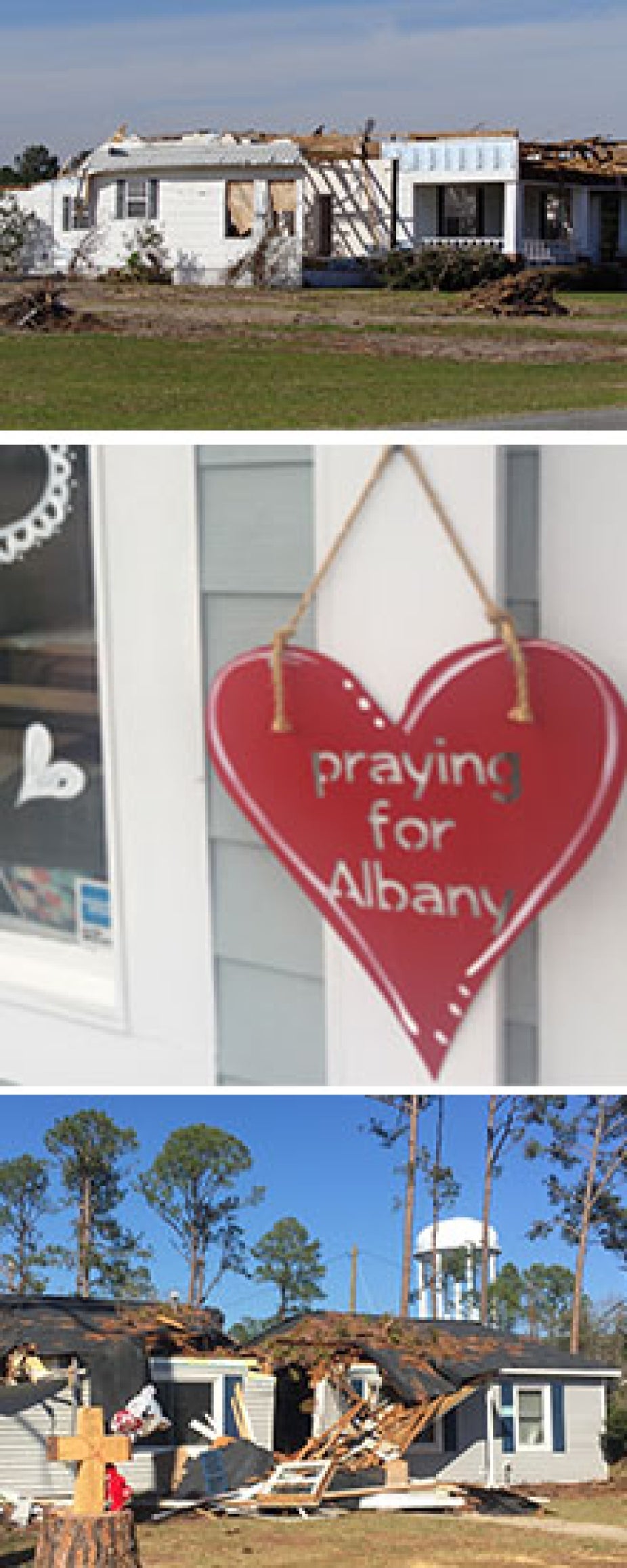Risk, Information, and Vulnerability for Evolving Tornado Threats (RIVETT)
Overview

Tornado threats are dynamic. Whether tornadoes will occur, where, when, and of what intensity are all factors that evolve over the days and hours before they form and after they do. Improved weather forecasts coupled with new information technologies, including social media, has resulted in an increasingly large volume of risk information that is available to people when tornadoes threaten. Because tornado threats and risk communication about them are dynamic, so too are people’s tornado-related vulnerabilities, risk perceptions, and responses.
The goal of this project is to help improve tornado forecast and warning communication and response by investigating how people’s risk perceptions and responses evolve dynamically with a tornado threat, and how these interact with evolving risk information and vulnerabilities for tornado events. This project focuses on the southeastern U.S., where factors -- such as tornadoes that occur at night and in fall and winter -- can make effectively communicating the risks more challenging. These forecast and communication challenges can exacerbate the risks faced by populations in the region.
For this project, we will select two tornado events to study in depth. For these case studies, we will investigate tornado-affected populations' dynamic tornado-related communication behaviors, vulnerabilities, risk perceptions, and decisions using three interlinked, complementary methods: (1) content analysis of Twitter data to analyze Twitterers’ situations, perceptions, and behaviors as they evolved over the lifecycle of a tornado threat; (2) follow-up telephone interviews with selected Twitterers to elicit additional information about key aspects of their tweeted tornado experiences; and (3) in-person interviews with members of the public to gather rich narratives about their situations, perceptions, and behaviors.
This work is supported by the National Oceanic and Atmospheric Administration (NOAA) VORTEX-SE project under Grant Number NA16OAR4590226. Any opinions, findings, and conclusions or recommendations expressed in this material are those of the author(s) and do not necessarily reflect the views of NOAA.
This project is a collaborative effort among the National Science Foundation, National Center for Atmospheric Research, and the University of Colorado Boulder, with sponsorship from the National Oceanic and Atmospheric Administration.
